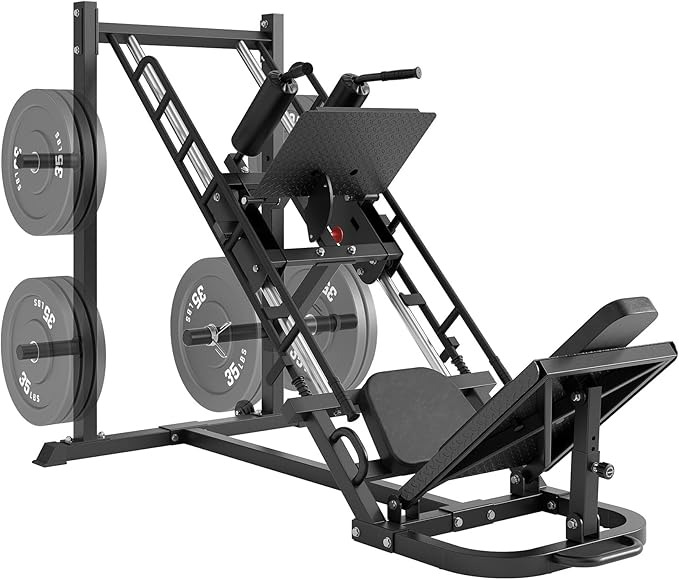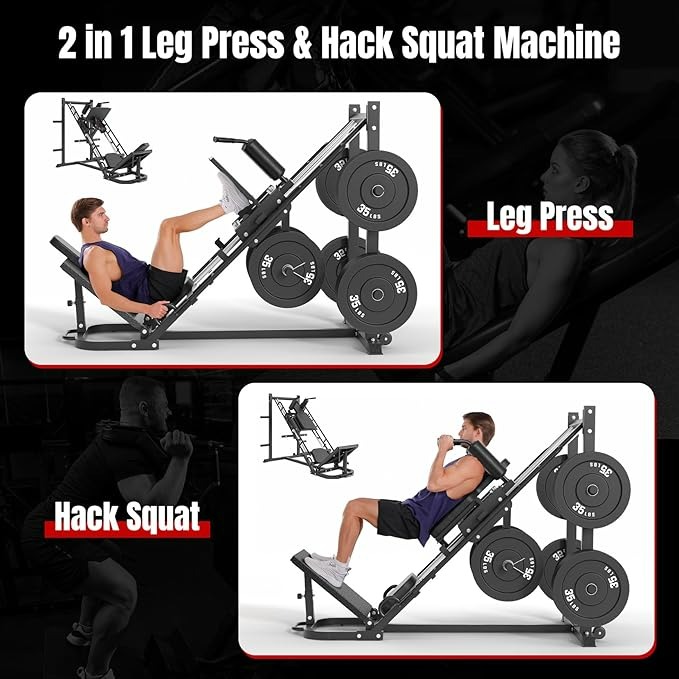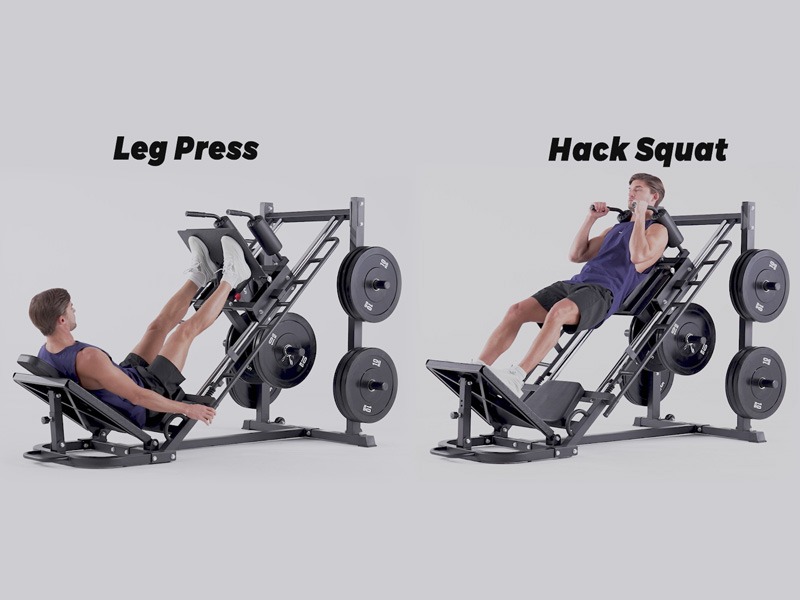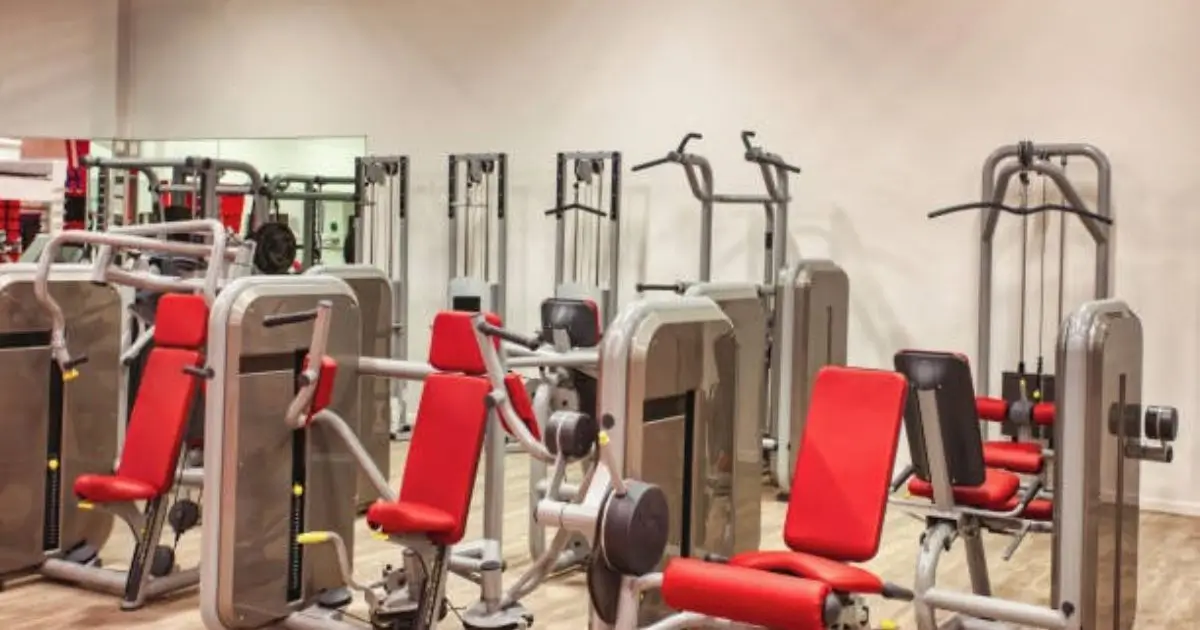From the comfort of your own house, are you wanting to develop stronger, more powerful legs? Not just you are not alone. Investing in quality leg workout machines has become rather popular, as 72% of fitness enthusiasts now choose to work out at home at least part-time. But given so many choices, how can you decide on the correct tools for your particular requirements and available space?
This thorough guide will lead you through all you need to know about choosing the ideal leg workout machines for your home gym, therefore enabling you to make wise decisions that meet your budget, available space, and exercise objectives.
Benefits of Using Leg Workout Machines
Before diving into the specific types of leg workout machines, let’s explore why these specialized pieces of equipment deserve a spot in your home gym:
- Leg machines separate particular muscle areas, enabling targeted training that is difficult to obtain with free weights alone.
- Safety and equilibrium: Designed with built-in safety elements, they lower injury risk than free weights and are perfect for beginners and single exercise.
- Most machines include either adjustable weight stacks or plate-loading choices, which makes tracking and increasing resistance over time simple.
- Form Guidance: Particularly important for beginners in strength training is that the set movement patterns assist in preserving correct form.
- Many leg machines offer controlled movements needed for physical therapy and injury healing.
- Efficiency: Devices made especially for thorough lower body development target several leg muscles in less time.
Types of Leg Workout Machines (In-Depth)
Leg Press Machine

The leg press is perhaps the most versatile and effective leg workout machine available for home gyms, coming in several variations:
Horizontal Leg Press
- Target muscles: glutes, hamstrings, quads, calves
- Space Issues: Call for a lot of horizontal areas. Advice: Keep your back flat against the pad; avoid locking your knees fully extended.
- Correct Structure: On the platform, set feet shoulder-width apart; reduce the weight until knees reach almost 90 degrees; then, push back to the starting position.
- Standard Errors: Putting feet either too high or too low on the platform changes the focus to various muscle groups.
45-Degree Leg Press
- Muscles Targeted: Mostly quadriceps with glutes and hamstrings in secondary engagement
- Benefits: Usually fits bigger weights, more back support than in horizontal models
- Form Advice: Throughout the action, keep the lower back pressed tightly against the backrest.
Vertical Leg Press
- Muscles Targeted: Similar to other variations but with increased core engagement
- Space Benefits: A smaller footprint makes it ideal for home gyms with limited floor space
- Safety Note: Always use safety stops to prevent the weight from descending too far



Leg Extension Machine
- Muscles Targeted: Front thigh muscles, the quadriceps.
- Correct Configuration: With the pivot point aligned with your knee joint, move the pad to rest somewhat above your ankles.
- Movement: Extend legs from a 90-degree angle to full extension, pause momentarily at the top, then go back to the starting position.
- Variations: Some models allow for single-leg extensions to balance muscles.
- Typical Errors: Beyond a natural range of motion, extending using momentum instead of deliberate movement
Leg Curl Machine
Leg curl machines target the hamstrings and come in three main variations:
Seated Leg Curl
- Space Efficiency: Compact design makes it suitable for smaller home gyms
- Setup Tips: Adjust the thigh pad to fit snugly just above your knees
- Form Focus: Keep your torso upright and stable throughout the movement
Lying Leg Curl
- Muscles Targeted: Primarily hamstrings with secondary glute engagement
- Proper Form: Lie face down with the pad positioned just above your heels, and curl the weight toward your buttocks without raising your hips
- Advantage: Often allows for a greater range of motion than seated versions
Standing Leg Curl
- Unique Benefit: Engages stabilizing muscles while targeting hamstrings
- Space Consideration: Requires less space than lying models
- Usage Tip: Hold support handles to maintain balance during the exercise
Hack Squat Machine
- The target muscles are the quadriceps, glutes, hamstrings, and calves.
- Design: angled sled allowing for reduced lower back stress by enabling squatting motion
- Correct Form: Keep feet shoulder-width apart; descend body until thighs line the footplate.
- Variations: Change foot placement to target different muscle areas—higher for hamstrings, lower for quads.
- Advantage for Home Use: For solitary training, squat advantages are offered with more safety.
Glute Bridge Machine
- Main Focus: Gluteal muscles (buttocks)
- Secondary Muscles: Lower back, Hamstrings
- Push through heels to raise the weight pad, then squeeze the glutes at the top position.
- Form Tip: Steer clear of hyperextending your lower back at the movement’s apex.
- Home Gym Consideration: Specialized tools may require a certain space.
Hip Abduction/Adduction Machine
- Muscles Targeted:
- Abduction: Outer thighs (gluteus medius, minimus)
- Adduction: Inner thighs (adductor magnus, longus, brevis)
- Space-Saving Option: Many home models combine both functions in one machine
- Form Focus: Maintain a neutral spine position throughout the movement
- Training Benefit: Helps address muscle imbalances that can affect knee stability
Calf Raise Machine
Seated Calf Raise
- Muscles Targeted: Primarily soleus (deep calf muscle)
- Space Requirements: Relatively compact footprint
- Form Tip: Allow full stretch at the bottom of each repetition
Standing Calf Raise
- Muscles Targeted: Emphasizes gastrocnemius (upper, more visible calf muscle)
- Variation: Can be performed on leg press machines by placing feet at the bottom of the platform
- Movement Pattern: Rise onto toes, hold briefly, then lower heels below platform level
Smith Machine
- Versatility lets one perform lunges, calf raises, squats, and more.
- Safety Feature: Designed for solitary exercise, built-in rack system for Home Gym Value: Offers several leg exercises right on one piece of machinery.
- Space Consideration: Calls for somewhat large floor space and ceiling height.
- Use a posture to let the fixed vertical bar path pass through you.
Roman Chair
- Muscles Targeted: Hamstrings, glutes, lower back.
- Exercise Options: Hyperextensions, glute-ham raises
- Space Efficiency: Relatively compact for the benefits provided
- Form Focus: Keep movements controlled to protect the lower back
Sample Leg Workout Routines
Beginner Routine (2x per week)
- Leg Press: 3 sets of 10-12 reps
- Leg Extension: 2 sets of 12-15 reps
- Seated Leg Curl: 2 sets of 12-15 reps
- Calf Raises: 2 sets of 15-20 reps.
Intermediate Routine (3x per week)
- Hack Squat: 3 sets of 8-10 reps
- Leg Press: 3 sets of 10-12 reps
- Leg Extension: 3 sets of 12 reps
- Lying Leg Curl: 3 sets of 12 reps
- Hip Abduction/Adduction: 2 sets of 15 reps each
- Standing Calf Raise: 3 sets of 15-20 reps
Advanced Routine (4x per week, split format)
Workout A: Quadriceps Focus
- Hack Squat: 4 sets of 8-10 reps
- Leg Extension: 3 sets of 12 reps
- 45-Degree Leg Press (feet low on the platform): 3 sets of 10-12 reps
- Seated Calf Raise: 4 sets of 15-20 reps
Workout B: Hamstrings/Glutes Focus
- Lying Leg Curl: 4 sets of 10-12 reps
- Glute Bridge Machine: 3 sets of 12-15 reps
- 45-Degree Leg Press (feet high on the platform): 3 sets of 10-12 reps
- Standing Calf Raise: 4 sets of 15-20 reps
Safety Considerations
When using leg workout machines in your home gym, keep these safety tips in mind:
- Warm up correctly using five to ten minutes of light aerobic and dynamic stretching.
- Start with less weight to perfect form before raising difficulty.
- Before starting a workout, let every machine fit your body measurements.
- Move under control instead of depending just on momentum.
- Never neglect cool-down and static stretching following your workout; for strong leg press or hack squat workouts, think about a spotter.
- Continue correct breathing patterns; exhale during effort.
- Listen to your body and stay away from working through joint discomfort.
Choosing the Right Leg Workout Machines for Your Home Gym
Based on Available Space
Machine Type Approximate Footprint Ceiling Height Needed
Vertical Leg Press 4′ x 3′ 7’+
Horizontal Leg Press 7′ x 4′ Standard
Smith Machine 7′ x 4′ 7’+
Leg Extension/Curl Combo 5′ x 3′ Standard
Hack Squat 6′ x 4′ 7’+
Based on Fitness Goals
Muscle Building
- Priority machines: Leg Press, Hack Squat, Smith Machine
- Secondary machines: Leg Extension, Leg Curl
Toning and Definition
- Priority machines: Cable-based multi-function units with leg attachments
- Secondary machines: Hip Abduction/Adduction, Calf Raise
Rehabilitation/Joint Health
- Priority machines: Leg Extension, Leg Curl
- Secondary machines: Hip Abduction/Adduction
Based on Budget
Entry-Level Home Gym ($500-$1,500)
- Consider multi-function machines that combine leg press, extension, and curl functions
- Look for compact designs with adjustable resistance mechanisms
Mid-Range Home Gym ($1,500-$3,000)
- Add a dedicated leg press or hack squat machine
- Consider commercial-grade leg extension/curl combo units
Premium Home Gym ($3,000+)
- Invest in commercial leg workout machines with heavier weight stacks
- Add specialized equipment like glute-focused or calf-specific machines
Maintenance and Care
To ensure your leg workout machines provide years of reliable service:
- Regularly check and tighten all bolts and fasteners
- Lubricate moving parts according to manufacturer recommendations
- Clean upholstery with appropriate non-abrasive cleaners
- Inspect cables and pulleys for signs of wear
- Follow weight capacity guidelines to prevent structural damage
Conclusion
Investing in superior leg workout machines for your home gym will change your lower body training and offer simplicity, safety, and powerful muscular development. Selecting tools that meet your budget, available space, and fitness objectives can help you establish a home training environment that maintains your motivation and forward development.
Recall that, regardless of the leg machines you select, consistency is the secret to success. Your lower body can show amazing strength and cosmetic changes from even a little setup done consistently with correct form and progressive overload concepts.
Whether you’re remodelling your current equipment or building your first home gym, the ideal leg workout machines will be key purchases that pay off in strength, function, and bodybuilding over the years to come.


















